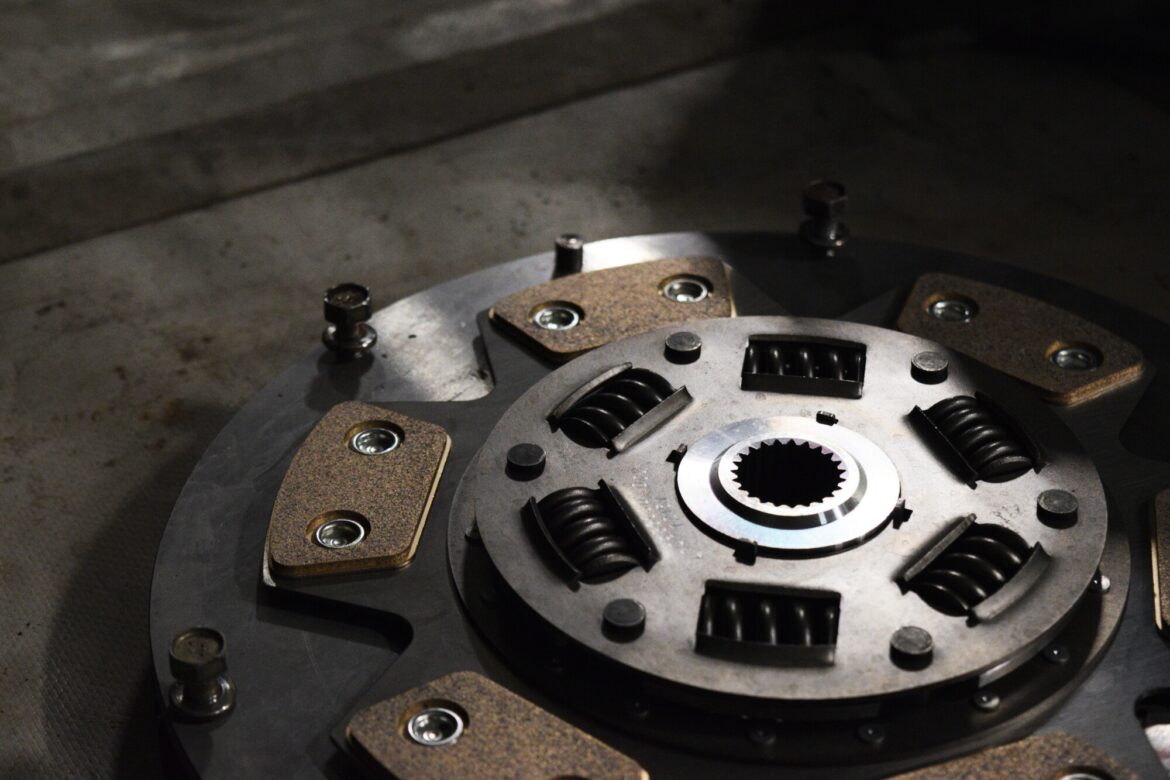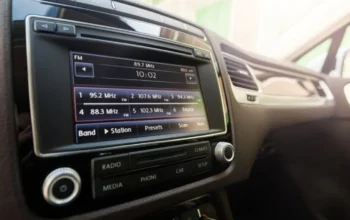Everything You Need to Know About Replacing Car Parts
Did you know that the average car on the road is almost 12 years old? Part of the reason that cars are able to stay on the road so long is careful maintenance.
Replacing car parts is one of the best ways to keep your car working well for as long as possible. But if you’re not a car buff, it’s difficult to know what to replace and when. It’s even more difficult to know what you can replace by yourself, and what requires a mechanic.
If you’ve ever found yourself putting off your car repairs because you don’t know what, when, or how to replace your car parts, read on. In this article, we’ll be discussing all you need to know about fixing your car!
Common Car Repairs
One of the most common car part repairs is tire maintenance. It’s recommended that you rotate your tires every 6,000 miles and check your car alignment every year.
If your car starts having trouble handling, or your tires are wearing unevenly, you should get your wheels balanced. Of course, tire repair is also necessary after a flat.
Common auto maintenance also includes checking the antifreeze and wiper fluid. Antifreeze is also called engine coolant, and it helps to regulate your engine’s temperature during cold weather. Keeping both of these fluids at the proper levels is quintessential to car maintenance.
Rarely do you have to get a new engine, but you will often have to replace small pieces of the engine and get an engine tune-up to make sure everything is working. Eventually, you’ll probably have to replace the starter and the alternator. In addition, spark plugs corrode over time and will need to be replaced to avoid misfiring.
You might also have to replace a clogged or damaged catalytic converter, a device that reduces the pollutants in the exhaust gas. If it’s damaged, you can usually tell from your Check Engine light. You might also notice the smell of sulfur or rotten eggs coming from your exhaust.
Replacing Car Parts by Yourself
Much of this maintenance can be conducted by yourself. You can find many handy tutorials online to manage these simple repairs.
Replacing your wiper blades and topping up your wiper blade fluid and antifreeze is simple to do at home. Furthermore, you can replace faulty headlights and clean your air/fuel intake system by yourself!
Generally, if the repair is superficial, you can perform it in your own garage. If the repair is deeper or involves vital pieces of machinery like the brakes, you should see a mechanic.
Visiting a Shop
Visiting your mechanic at least every year is a great idea. Sometimes damage might have occurred that you don’t notice, and it’s always handy to have another set of eyes on your machine.
For example, while a damaged catalytic converter isn’t dangerous, you might not be aware of the problem and it can cause damage to your engine over time. A mechanic can have a look at your engine and perform catalytic converter replacements.
The quicker you catch a problem, the fewer repairs that will have to be conducted, and the cheaper the process will be. So make sure to see your mechanic at least semi-regularly!
Be Proactive About Auto Maintenance
Hopefully, this article will have given you some guidance about replacing car parts. It’s a great idea to learn how to maintain your car by yourself but don’t be shy to call in the expertise of mechanics when needed.
If you enjoyed this article, you’ll be sure to enjoy our other posts so check out our blog for more!




